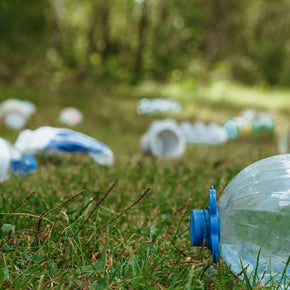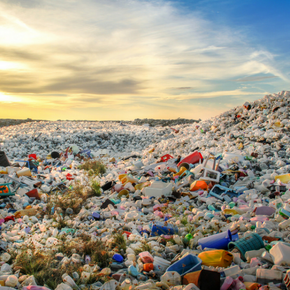A mutant enzyme, created accidentally by scientists, eats up plastic waste, potentially helping to solve the planet’s growing plastic problem. Sounds like the stuff of science fiction, right?
Yet it’s exactly what happened at a waste dump in Japan. In 2016, after spending five years searching through piles of waste, Japanese researchers discovered a strain of bacteria that naturally evolved to eat away at one of the most common plastics in the world: polyethylene terephthalate, also known as PET or polyester.
A mutant enzyme, created accidentally by scientists, eats up plastic waste, potentially helping to solve the planet’s growing plastic problem. Sounds like the stuff of science fiction, right? Yet it’s exactly what happened at a waste dump in Japan. In 2016, after spending five years searching through piles of waste, Japanese researchers discovered a strain of bacteria that naturally evolved to eat away at one of the most common plastics in the world: polyethylene terephthalate, also known as PET or...













